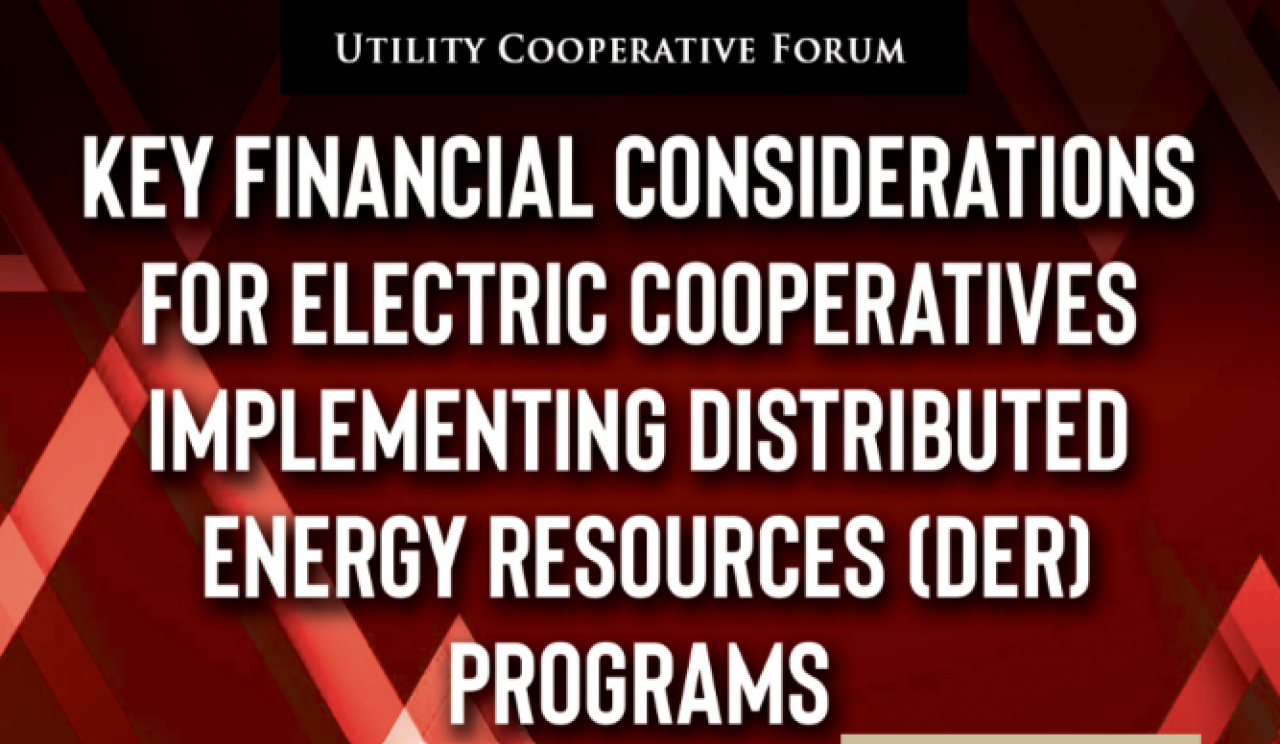
Key Financial Considerations for Electric Cooperatives Implementing Distributed Energy Resources (DER) Programs
Introduction
As electric cooperatives evaluate the implementation of Distributed Energy Resources (DERs) Programs, finance professionals must carefully evaluate financial, regulatory, and operational impacts of any programs under consideration. A well-structured DER program for an electric cooperative aligns technology, infrastructure, financial models, policy, and consumer engagement to maximize grid reliability, cost-effectiveness, and member benefits. This article discusses the key financial considerations for DER programs.
Benefits of DER Programs for Electric Cooperative Members
The U.S. Department of Energy, in its January 2025 publication “Distributed Energy Resource (DER) Interconnection Roadmap”, notes the following:
The U.S. electricity system is changing rapidly. An important driver of this change is the growing deployment of distributed energy resources (DERs). DERs produce and supply electricity on a small scale and are distributed over a wide area. They primarily provide electricity to local consumers in homes and businesses. They include a diverse set of technologies, such as distributed rooftop solar systems, community solar systems, distributed wind systems, electric vehicle (EV) charging equipment, and battery energy storage. (n.d., para. 2)
Deloitte (2024) further describes how DER resources deployed in households are becoming a key component in the trend of rising DER investments.
Household energy use is transforming, placing utilities at the center of two important trends—decarbonization and customer affordability. Individual purchases of smart home appliances, solar and storage systems, and electric vehicles (EV) are exponentially increasing the number of distributed energy resources (DER), which can generate, store, or flexibly draw energy from the grid. This partial decentralization of production and storage is changing the historical unidirectional power flow from utility power plants to customers as bidirectional DER networks multiply at the distribution grid edge, or “DERstribution.” Commercial, industrial, and other customers are part of this DERstribution, but households form the most distributed and versatile customer segment, with the greatest capacity and equity potential. (para. 1)
To view more of this article, please visit